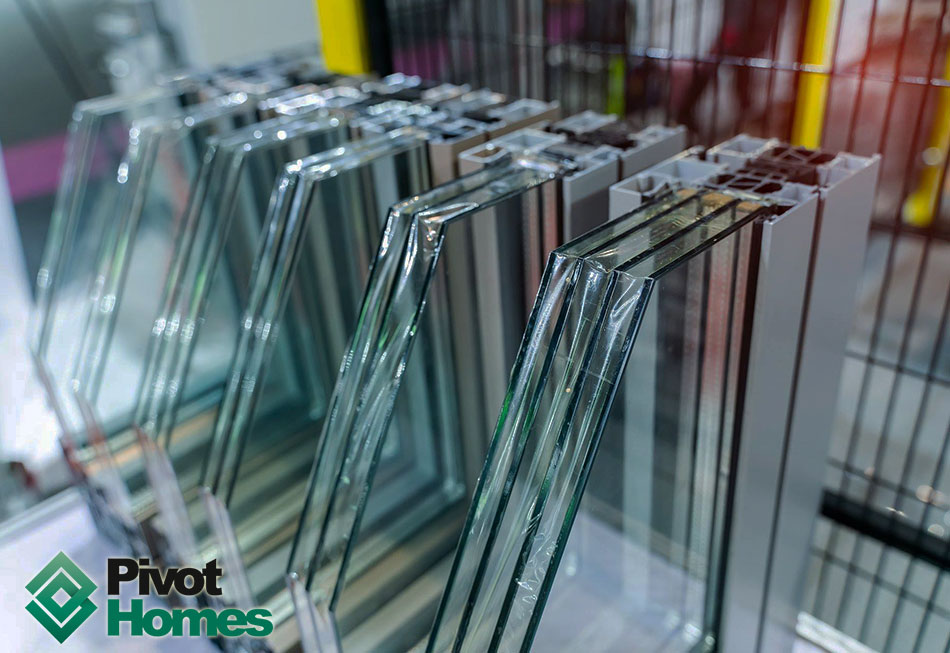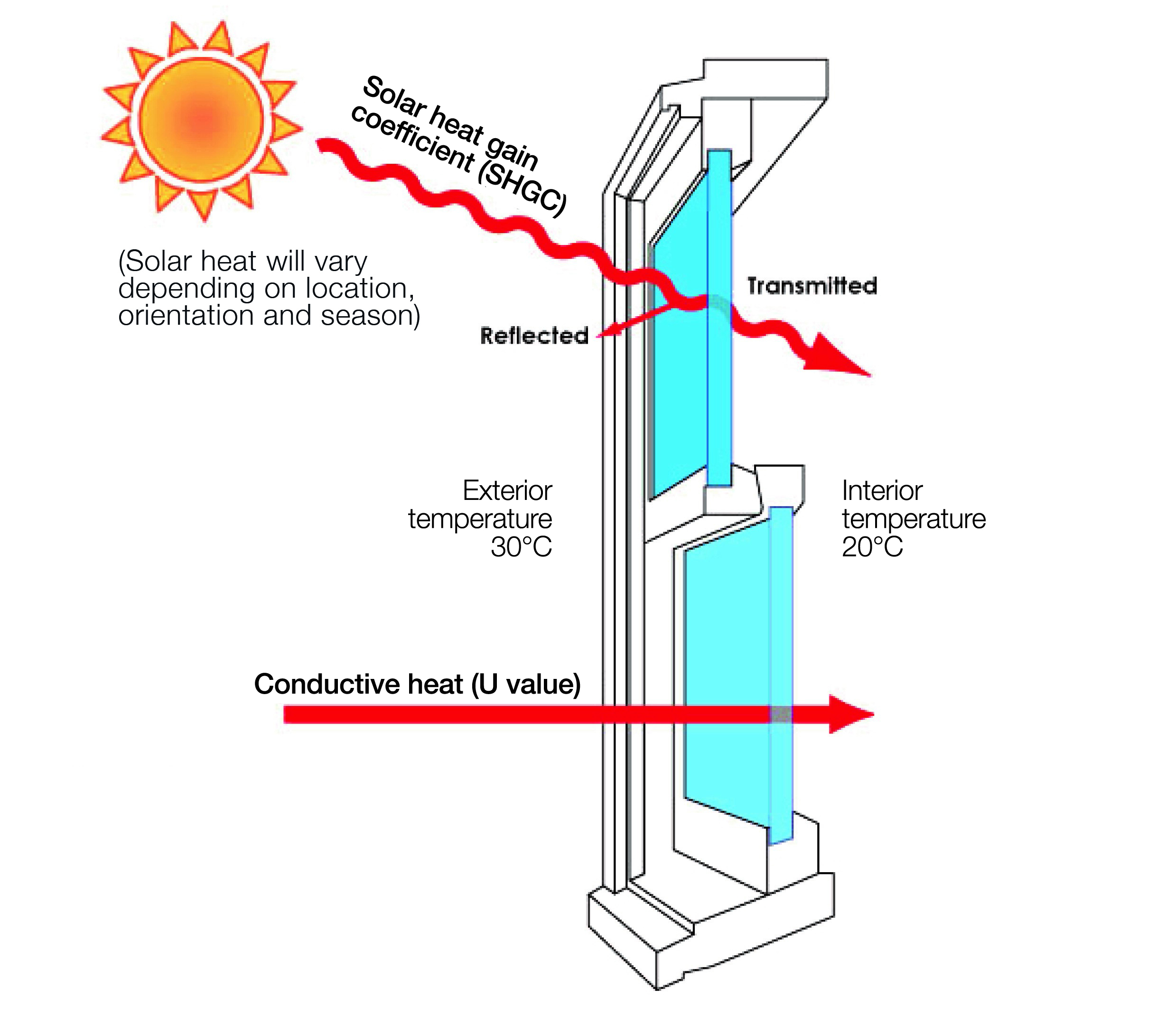All Categories
Featured
Table of Contents
Brisbane's Best Double Glazed Windows in Palmyra WA
That window can transmit more solar heat in winter than in summer. A west-facing window on a summer's afternoon has an angle of incidence from near 0 approximately 30 with a large efficient location of solar radiation. A north-facing window, in summertime, has a high angle of incidence and a low reliable location of solar radiation, so can transmit less heat than a west-facing one.

You can quickly and quickly enhance the thermal efficiency of your house by changing your windows. This is one of the most efficient approaches of restoration to accomplish enhanced thermal comfort. There are countless kinds of glass and frames to pick from. Picking the right ones is essential to enhancing the energy performance of your home.
Does Double Glazing Reduce The Heat In Brisbane's Summer? in Ballajura Perth
Single glazing with clear glass is not really effective when it comes to heat loss or gain. To improve performance, you can use single glazing with a more energy-efficient type of glass such as low emissivity (low-e) glass.
The energy efficiency of IGUs also depends on: the properties of each layer of glass. Different glass types (for example, clear and low-e glass) can be put together in an IGU.
The Science Behind Double Glazed Windows in Hillman Western Australia

IGU cavities can be filled with air or a more inert, low-conductivity gas such as argon the width of the cavity. Cavity density is normally 6 to 18mm. Larger cavities provide lower (better) U worths, with 12mm generally accepted as the favored gap how well the cavity is sealed. Cavities need to be dry and well sealed to avoid wetness getting in.
If argon is set up to the cavity in location of air, wetness is reliably omitted the level of desiccant (drying representative). The spacer (metal or polymer strip) that separates the glass layers contains a desiccant to take in any moisture. Insufficient desiccant might cause wetness to condense on the glass surface in cold conditions, decreasing thermal performance.
The Science Behind Double Glazed Windows in South Perth Western Australia
In fact, IGUs can provide better energy performance for all climates, especially in heated and air-conditioned houses. Cross-section information of single, double and triple-glazing units Low emissivity glass (frequently understood as low-e glass) minimizes heat transfer. Low-e glass may be either high or low transmission: High transmission low-e glass has a coating that permits daylight from the sun to enter the house to accomplish excellent solar heat gain, but decreases the quantity of the long wavelength infrared heat that can leave back through the window.
Low-e glass has either a pyrolytic coating or a vacuum-deposited thin film metal finish. Pyrolytic coatings are long lasting and can be used for any glazing; vacuum-deposited finishes are soft and are only used within IGUs. Low-e finishings can substantially improve both U value and SHGC; however, they should be used correctly or they will either weaken or stop working to perform as needed.
Carnegie 3163, Vic. Amazing Service By Aps Double Glazing in Byford Perth
Low-e coatings can be utilized in mix with clear, toned or reflective glass. Low-e finishes on glazing can lower heat transfer where needed Picture: Department of Market, Science, Energy and Resources Toned glass has colouring ingredients included throughout manufacture. It is readily available in different colours, typically bronze, grey, blue and green.
Table of Contents
Latest Posts
Which Type Of Glass Is Best For Energy Efficiency? - A&l Windows in Medina WA
Double Glazing Versus Secondary Glazing in East Victoria Park Western Australia
A Complete Guide To Double Glazed Windows in Kewdale Perth
More
Latest Posts
Which Type Of Glass Is Best For Energy Efficiency? - A&l Windows in Medina WA
Double Glazing Versus Secondary Glazing in East Victoria Park Western Australia
A Complete Guide To Double Glazed Windows in Kewdale Perth